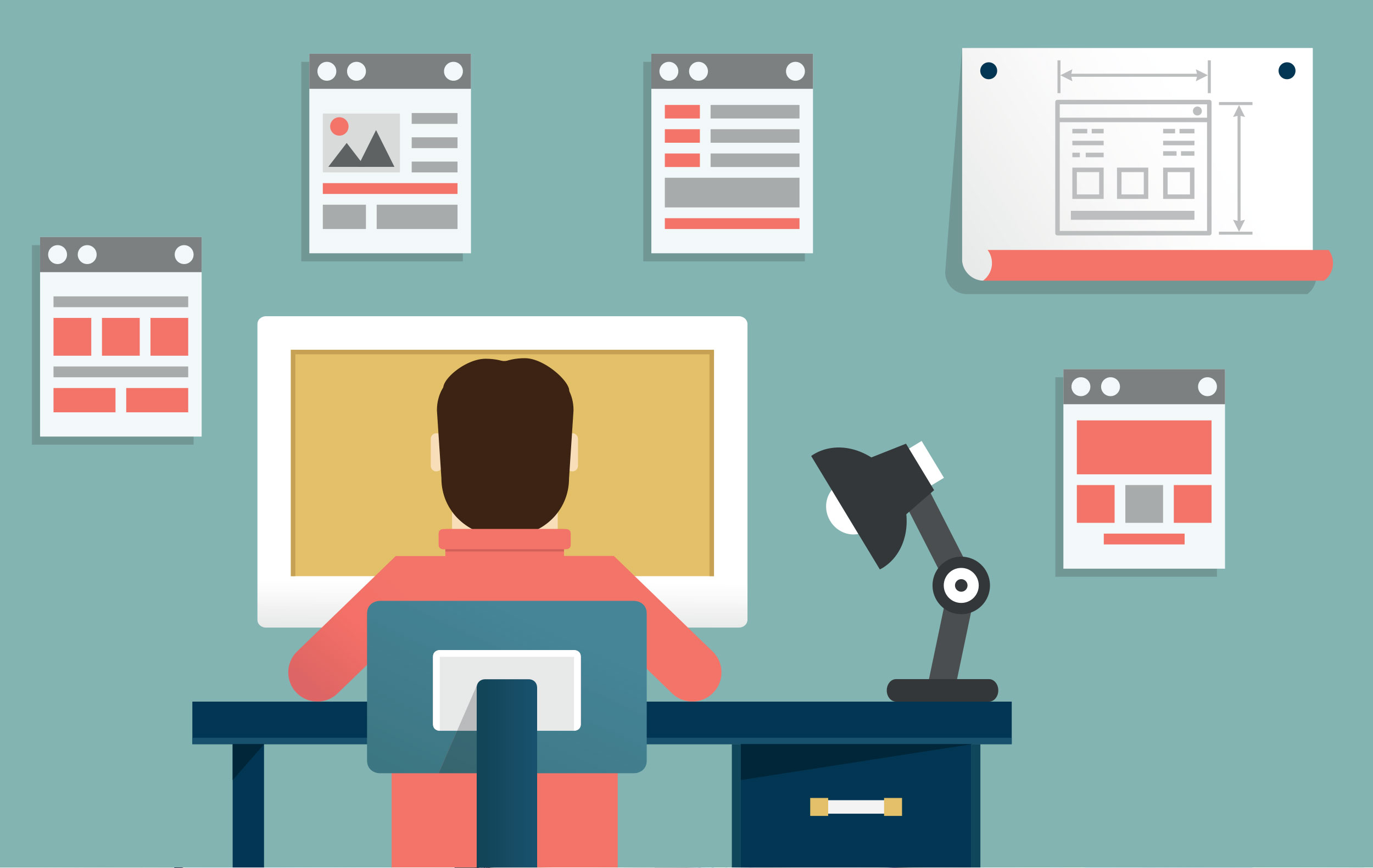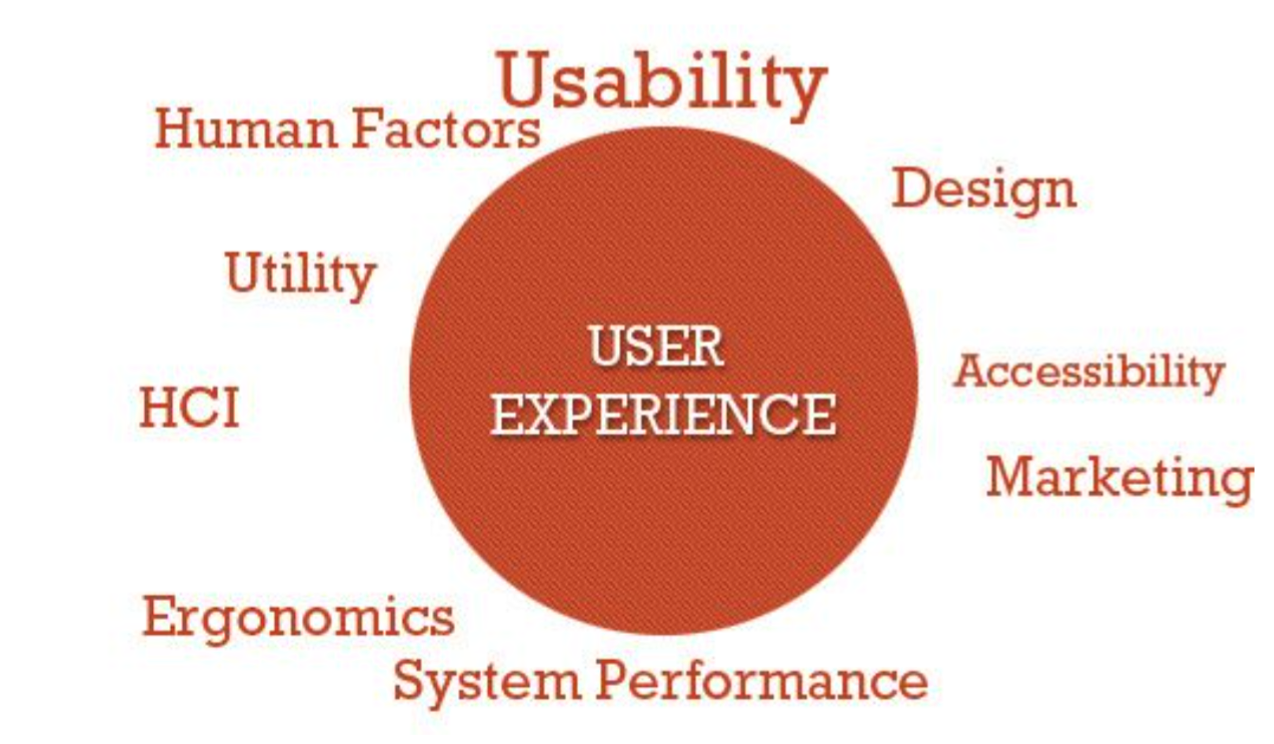If you’re hoping to snag a high-demand job in the tech industry, UX Design could be your in.
While that acronym may sound intimidating at first blush, User Experience (UX) Design is one of the more accessible career paths in the tech sector. Those who are fresh out of university or are looking for a career change don’t need to get bogged down in a fouryear degree to earn the necessary credentials. And Toronto’s booming tech scene offers plenty of opportunities with “bootcampstyle” courses and a bevy of internship, externship and coop programs to jumpstart your design career.
So, if you’re ready to get a toehold in the tech scene with a job in UX Design, here are the basics you’ll need to know before you dive in.
Why the tech sector?
There’s no arguing that the tech scene is one of the hot industries to work in currently. According to an Information and Communications Technology Council (ICTC) report released earlier this year, Canada’s economy will create around 218,000 tech jobs alone between now and 2020. But the same research bemoans the fact that there isn’t currently enough tech talent to fill all those new jobs.
Among the think tank’s recommendations are implementing computer science courses for students as young as five (so kindergarteners could learn to code), and to give small businesses across the country tax credits to encourage them to hire the IT people they need to upgrade and maintain technologies.

UX: Unpacking the Acronym
Tech job boards are full of acronyms that can inundate an outsider: UX designers, UI designer and PMs, among others. So, what does the UX really mean?
User Experience (also known as UX or UED) design is a user-centered discipline and growing field dedicated to crafting compelling digital experiences. In a nutshell, UX designers have the top-level responsibility to consider the needs of the end user (the person using the program, software or app the company is creating), while also keeping in mind the business goals for the product. It’s how a person feels when interfacing with that system, and designers analyze those feelings.
UX designers focus on building a positive relationship with customers through accessibility and ease of use. The role tends to be highly technical and analytical, compared to the related role of User Interface (UI) Design. Smashing Magazine defines it well, saying UX encompasses components of utility, ergonomics, system performance and more.

Originally coined by Apple’s former vice-president of Advanced Technology Don Norman, he created the concept of UX Design to broaden the idea of how customers interact with technology.
“I invented the term because I thought human interface and usability were too narrow. I wanted to cover all aspects of the person’s experience with the system including industrial design, graphics, the interface, the physical interaction, and the manual,” he said.
“Since then the term has spread widely, so much so that it is starting to lose its meaning… user experience, human centered design, usability; all those things, even affordances. They just sort of entered the vocabulary and no longer have any special meaning. People use them often without having any idea why, what the word means, its origin, history, or what it’s about.”
But that doesn’t give anyone a concrete idea of what the day-to-day duties look like for a UX designer. Primarily, the role manages big problems customers may face and breaks them down into creative solutions, according to one UX design pro.

“User experience is all about solving problems in data driven and creative ways,” says Sarah Menard, Lead User Experience Designer at SAP and the Educator for B rainStation’s User Experience Design course in Vancouver. “In my current position, it’s about solving extremely complex problems with a lot of moving parts. It’s very challenging, and definitely lets me flex a wide variety of skillsets that ultimately feels extremely rewarding. I get to help people work more efficiently, and work with tons of brilliant colleagues from a variety of professions and backgrounds.”
The Perks: Why UX Design?
Sure, we’ve all heard about the uncommon perks at tech company offices: open-concept seating, as well as foosball and ping-pong tables to help you clear your mind (and have a little fun, of course).
In addition to the unique benefits and perks tech firms offer (yes, tech employees get more than free snacks), UX Design gigs offer serious job security and a solid salary. Our friends over at PayScale peg the median salary of a UX designer in the Toronto area to be $61,518.
While the salary will vary depending on the location and employer, this is a solid starting point compensation-wise — particularly since UX designers don’t necessarily need a university degree to snag their first gigs.
Get Started in UX Design Today
Prepare for a career in UX design in just 10 weeks with BrainStation’s immersive User Experience Design Immersive Course. This 400-hour course introduces students to the tools and methods of UX design by emphasizing both the practical elements and theoretical approaches used to guide the design of digital experiences. Students apply their learning by creating sketches, experience maps and user stories, and using software to create wireframes and prototypes.
For those who need to keep their 9-to-5 gig while learning new skills, BrainStation also offers part-time courses as well as evening and weekend workshops for those who’d like to get a taste of UX before taking the leap.
Ready to start a new career? Submit your application today.
[ad_bb1]

